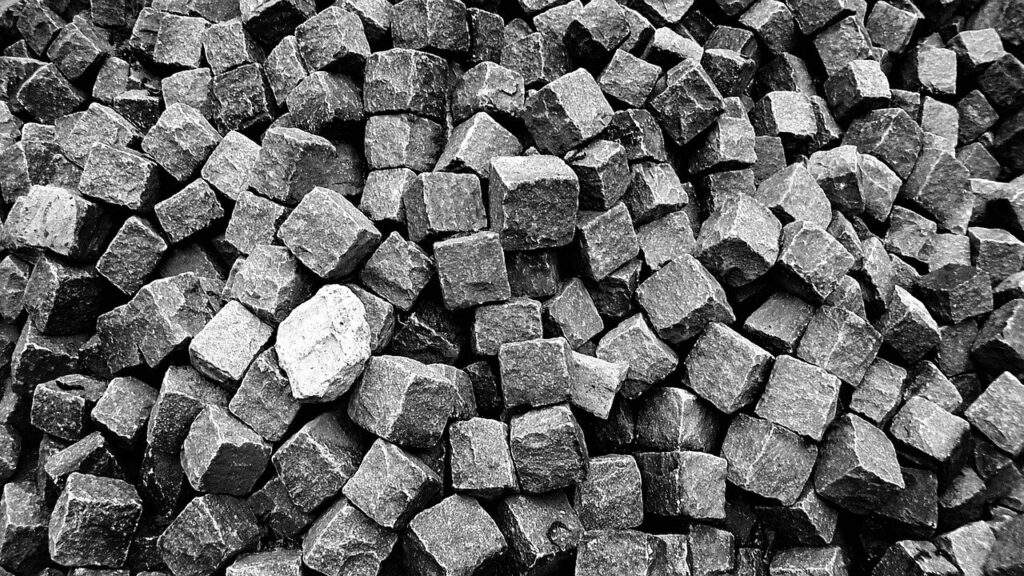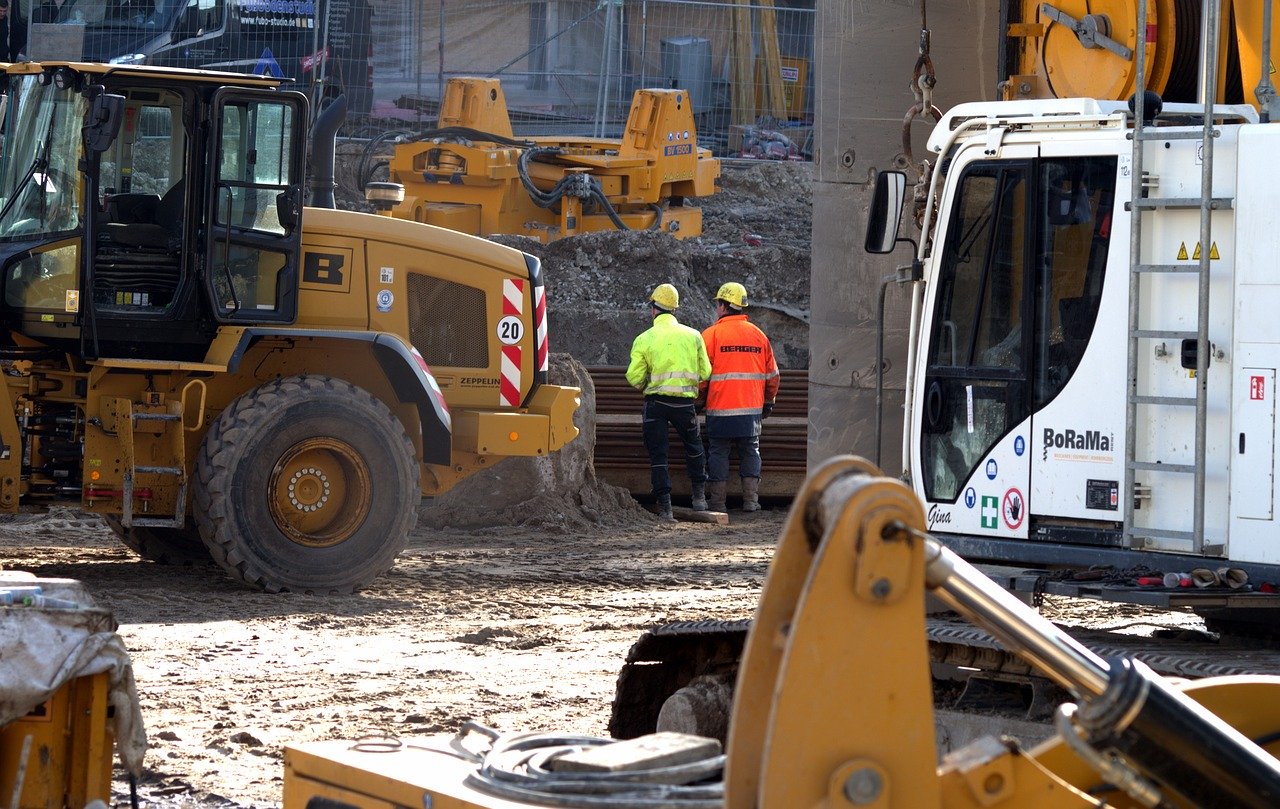In today’s world, new buildings and homes are popping up everywhere. While many of those buildings are constructed out of regular materials, quite a few are made from sustainable materials. In fact, more and more people are choosing to use sustainable materials during construction projects, because those materials are better for the environment and they can be renewed much faster than non-sustainable materials.
A List of Sustainable Materials
Bamboo
Bamboo is one of the new most popular materials, despite the fact that it has been used for many years now. This lightweight material is quite strong, and it can regrow faster than trees. While you can use bamboo to replace rebar and concrete, we often see it used for flooring.
Straw Bales
If you are looking for a way to insulate your walls without using concrete, plaster, and regular insulation, straw bales are your best option. When these bales are placed inside the walls, they create excellent insulation that will keep the temperature inside your home consistent all year long.
Recycled Plastic
Concrete used to be made from sand, gravel, or rocks, as well as water and cement. However, nowadays, concrete is made from recycled plastics and even garbage that is ground up and compacted together. This is an excellent way to keep plastic out of landfills and put them to good use.
Wood
Wood is more sustainable than concrete and steel, but it is not as sustainable as other materials. What makes this material so sustainable is the fact that a lot of energy does not need to be used to turn trees into wood to use within the construction industry. The only way that this material can stay sustainable though is if the forest that the trees come from are properly managed and turned into a biodiverse habitat. Therefore, new trees must be planted for every tree that is taken down.
Timbercrete
Timbercrete is a newer material and it is comprised of both concrete and sawdust. While concrete is not as sustainable, timbercrete has enough sawdust included to turn it into a sustainable product. This material can be turned into blocks, bricks, and pavers, so it is quite versatile and can be used for almost any project that would normally require concrete.
Rammed Earth
Decades ago, people used to use the dirt from the earth to construct the walls of their home. That same method is still used today, but it is pushed into wooden forms before being used for homes or buildings. We recommend using bamboo inside the rammed earth, due to the additional safety measures that it offers.
Recycled Steel
Creating new pieces of steel takes a lot of energy, which is why recycled steel is often sought after by builders. The recycled steel does not need to be from a home, or building, either. Instead, you can use steel from a junk car to build a home.
Reclaimed Wood
Have you ever seen someone taking wood from an old barn that is being torn down? That reclaimed wood can be used in many areas of a home or another building. Most people will use reclaimed wood for their flooring or for exposed beams.
Plant-Based Polyurethane Rigid Foam
Rigid foam is normally used as insulation in buildings. Most of the older rigid foam is not environmentally friendly, but the plant-based option is. This material is made from bamboo, kelp, and hemp, which makes it resistant to bugs and mold. The best part about this plant-based polyurethane rigid foam is that is offers a sound barrier and is resistant to heat too.
Grasscrete
When you take the time to lay down concrete while leaving room in between, you are basically doing grasscrete. The open patterns of grass or flora allows you to use less concrete. Utilizing this sustainable material and method also helps improve drainage and the absorption of water.
Mycelium
Mycelium is such a new material that it is still considered futuristic. This is an entirely natural material that is made from the roots of mushrooms and other fungi. Once this material is in place, you can encourage it to grow around other natural materials to create strong, yet lightweight, shapes and forms.
Ferrock
Ferrock is another new material and it is made from steel dust and other recycled materials. Once all the materials are mixed together, you end up with this concrete like material that is even stronger than concrete itself.
Ashcrete
Fly ash is a byproduct of burnt coal and when you use it as a component for concrete, you get what is considered ninety-seven percent recycled concrete.
Engineered Wood
When real wood is used to make flooring, there is a lot of waste. That waste is then used to create engineered wood. This type of wood is comprised of many layers of wood, but it is all the middle layers that are comprised of the wood waste, as well as wood fibers and softwoods.
Cordwood
One of the easiest ways to make sure that no wood is wasted when it is used is to use it as cordwood. Logs are cut into short pieces and stacked on top of each other. A special mortar is used in between each piece to ensure that air and the elements cannot get in between the wood. The cordwood creates a strong structure that can withstand almost anything.
Thatch
Not too many people use thatched roofs anymore, but those that do, know that they are choosing a sustainable material that offers excellent insulation. Thatch is basically a mixture of dried straw, dry water reed, dried rushes, and a few other natural materials. Most of the time, you will see this type of material used on roofs in remote locations, because it allows them to use what they have instead of transporting other materials in.
Cork
Corkboard, or just regular cork, can be used for floors, walls, and much more. This material offers excellent insulation and can save a person a lot of money when it comes to lower energy bills. This material is also good if you are looking for soundproofing material.
Natural Clay
Instead of using a gypsum-based plaster, you should use the more sustainable natural clay product. The inside of a building can look really beautiful if you choose natural clay over all the other options, but it must be completed properly if you want it to look that good.
These are some of the better sustainable materials that you can use to construct homes and buildings, but there are a few others as well. If you are looking for ways to help the environment, then you must choose these materials over all the other non-sustainable materials that are out there.




